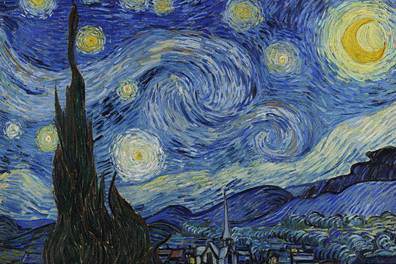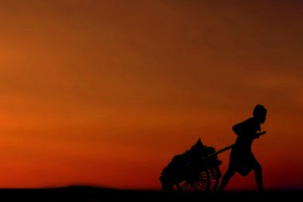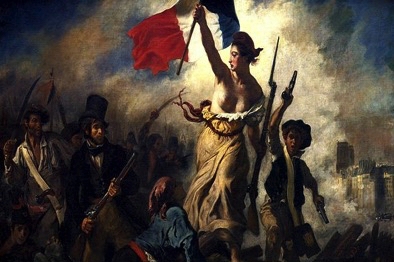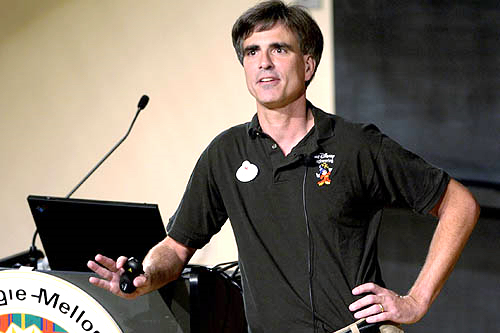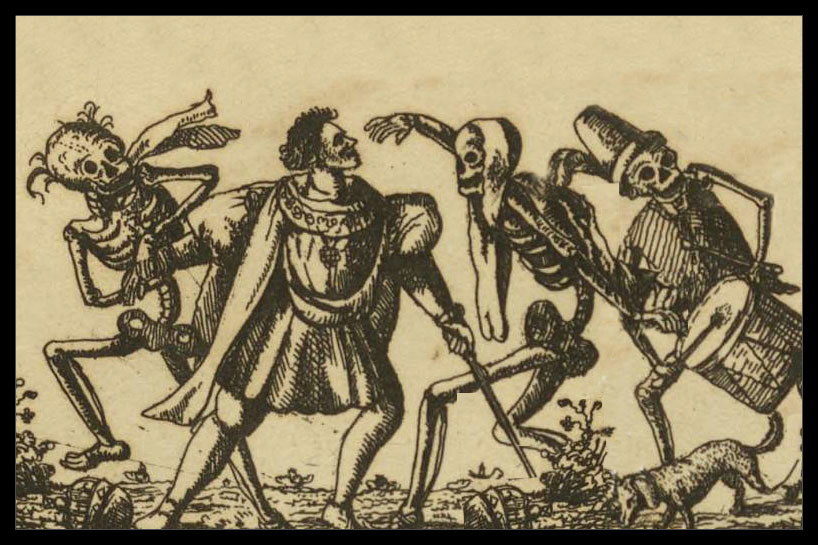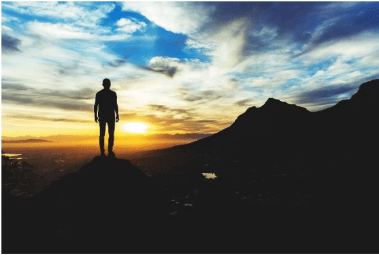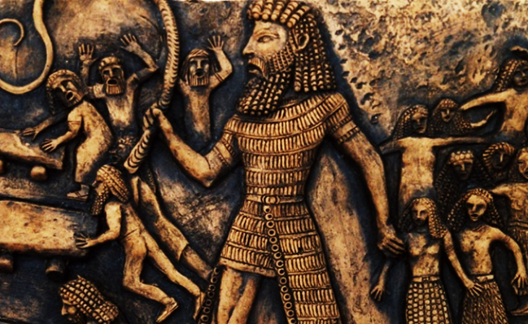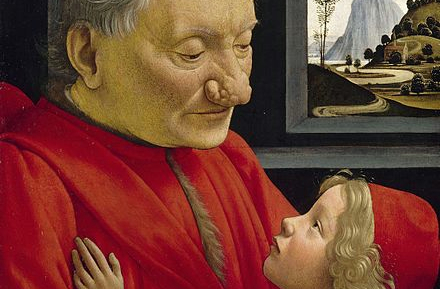Quite Early in the Morning
Several weeks ago, Ti Ti, my granddaughter, wanted to know why I loved teaching the arts. When she asks her PaPa Al something, I jump to address her questions. The problem is that there are several aspects that explain my drive. Therefore, I decided to respond to her inquiry in four essays.
Here are three of the four essays on my website. The first article dealt with art history as essentially an interesting vantage point to grasp history in general. Pain is the motivator for all the arts. Artists use their particular pain, suffering, or problem, which they channel into paintings, sculpture, writing, music, etc.
Louie Palmer addressed my pain while I attended Muskingum College in the early 60s. My pain goes back to my family moving to Mt. Lebanon, which was a golden ghetto both monetarily and educationally. We moved from a nice middle-class community and school system in Pennsauken, NJ, just before junior high school. The next half a dozen years at Mt. Lebanon taught me two things: I was dumb and poor.
After high school, I went to Muskingum College in the early 60s. Muskingum required students to take a ten-hour class called The Arts. You could take it in your junior or senior year. Louie Palmer taught the class.
While at Muskingum, I did two terracotta busts of sculptures of two famous people: Pierre Teilhard de Chardin and Lorenzo de’ Medici. However, I would love someone to teach me how to blow glass.
In that essay, I discussed Picasso’s Guernica painting. Picasso was troubled by the senseless bombing of a Basque village in Spain by the Nazis before the beginning of WWII.
My second essay dealt with Vincent van Gogh’s pain. He painted Starry Night from his hospital room in Saint-Rémy-de-Provence. There haven’t been many people with the litany of medical and psychological problems as long as his. Nonetheless, those problems created one of the greatest Western painters.
My third article dealt with two artists, Mercedes Sosa and Evita Perón. They had several similarities, but one really reached out to the people of Argentina. The other created a lot of photo ops.
My fourth essay deals with Pete Seeger and his song Quite Early Morning. Seeger faced a situation similar to that of Sosa in Argentina. The dictators in Argentina didn’t buy into her concern for those who lived lives facing persecution. Seeger did precisely the same thing.
However, McCarthy headed a Senate Subcommittee on Investigations in the mid-50s. It was dubbed the Army-McCarthy hearings, which dealt with communists in the army and homosexuals. McCarthy was against communists and gays. Interestingly, McCarthy’s chief counsel was homosexual, and most people assert that McCarthy was gay also. McCarthy died at 48 due to alcoholism and hepatitis.
McCarthy tore into Seeger due to his membership in the Communist Party in America. Other singers or groups belonged to the communist party, like The Weavers. Seeger had joined the Communist Party in 1942 but left in 1949. Despite McCarthy’s fear-mongering, Seeger was a prolific writer and singer. Some of his most recognized compositions are We Shall Overcome, Where Have All the Flowers Gone?, This Land is Your Land, Goodnight Irene, and If I Had a Hammer.
Seeger was an outspoken advocate for social and political reforms in America and the rest of the world. Quite Early Morning was a fascinating song that warned of upcoming doom while affirming hope. Seeger sets the situation as being early in the morning after the darkness of various social issues. “If we could heed these early warnings, The time is now quite early morning” pushes the need to deal with pressing problems rather than ignoring them.
Despite the overwhelming fear, Seeger’s message was positive and hopeful.
Don't you know it's darkest before the dawn
And it's this thought keeps me moving on
If we could heed these early warnings
The time is now quite early morning
If we could heed these early warnings
The time is now quite early morning
Some say that humankind won't long endure
But what makes them so doggone sure?
I know that you who hear my singing
Could make those freedom bells go ringing
I know that you who hear my singing
Could make those freedom bells go ringing
And so keep on while we live
Until we have no, no more to give
And when these fingers can strum no longer
Hand the old banjo to young ones stronger
And when these fingers can strum no longer
Hand the old banjo to young ones stronger
So though it's darkest before the dawn
These thoughts keep us moving on
Through all this world of joy and sorrow
We still can have singing tomorrows
Through all this world of joy and sorrow
We still can have singing tomorrows
Then Seeger adds a scary caveat. Essentially, Seeger tells his listeners, “And when these fingers can strum no longer, Hand the old banjo to young ones stronger.”
I’ve enjoyed Pete Seeger all my life. Seeger and my parents were in the same generation. However, that generation is gone. I am here in 2025, and I am getting old. Actually, 82 is old. However, that hasn’t stopped me from following in the footsteps of those who preceded me. I’m troubled by where America is today. My issues range from personal issues that I have with our American Embassy in Yangon, Myanmar to Trump’s bizarre behavior and mindsets.
I don’t want to sit on my hands and do nothing but get older. Martin Niemöller and Charles Colson didn’t sit idly by in their later lives. I learned about life from them. Additionally, I have had two dances with death that transformed me. I don’t wish to do either dance again, but I wouldn’t delete either from my life. All people know at one level that they aren’t immortals. That knowledge is like the sun will rise tomorrow. Do the dance; that knowledge can be felt. This essay is about how the world will remember us. Choose wisely. You are facing a Kierkegaardian either/or decision.
Some of Pete Seeger’s hits.
This is a link to an article that I wrote about Alan Seeger. Pete Seeger was a nephew of Alan Seeger.







